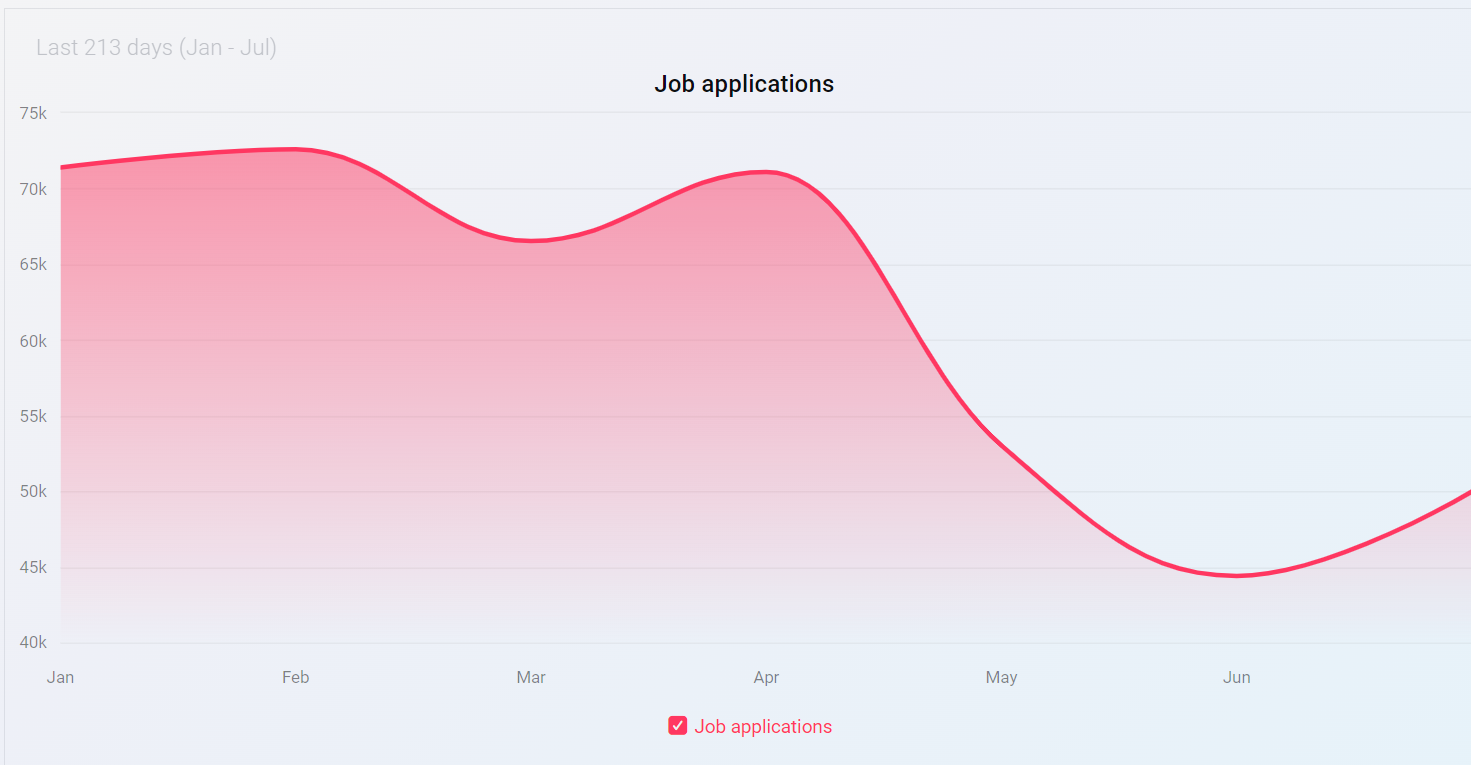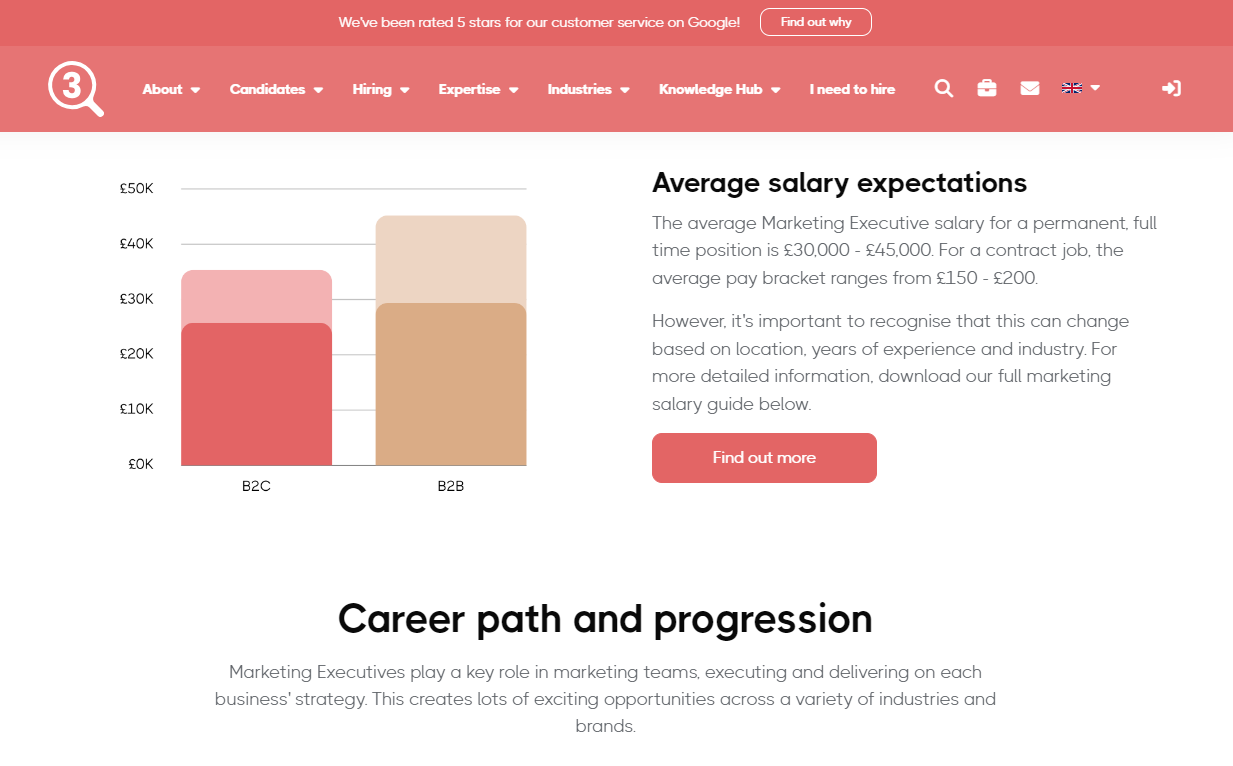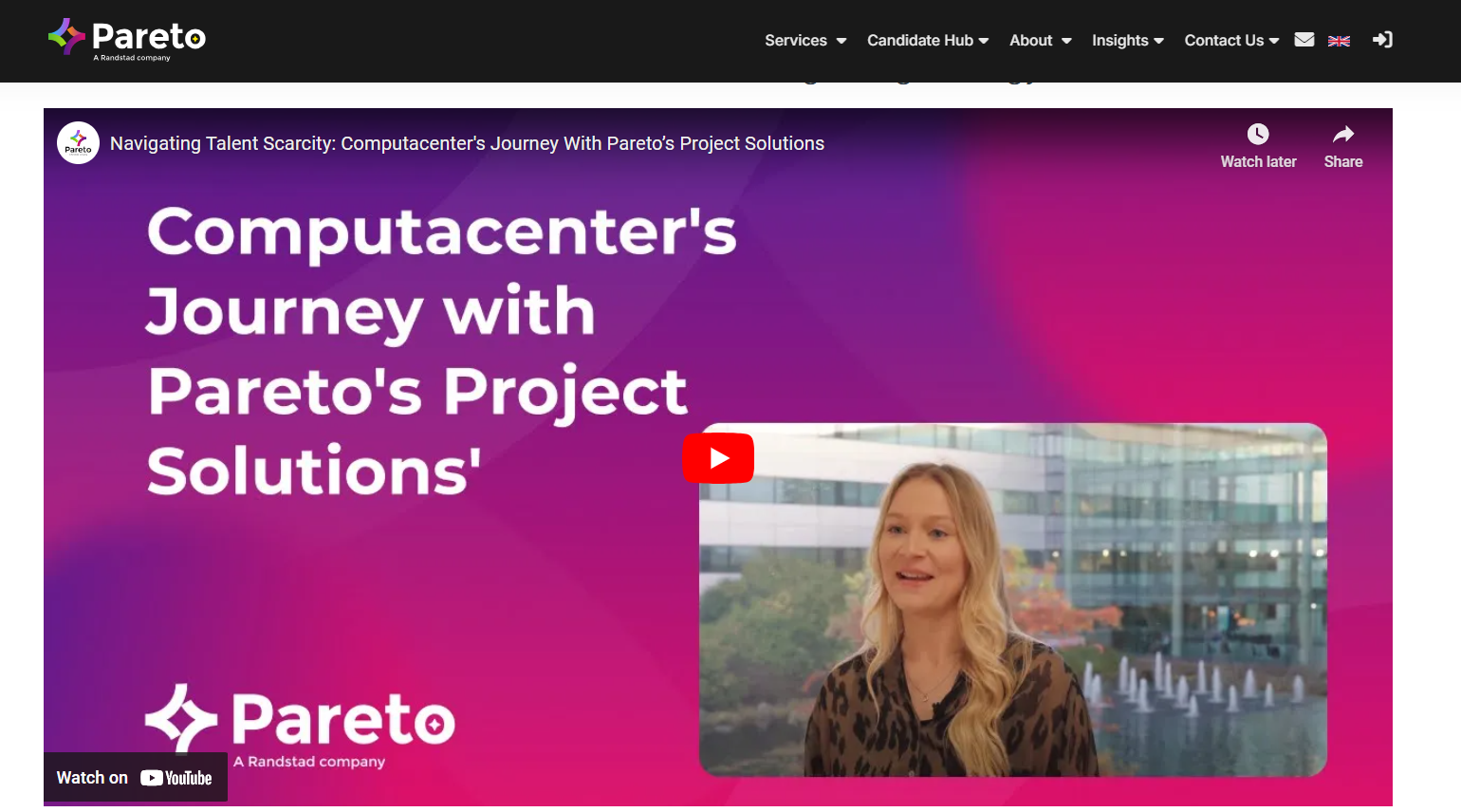
Looking To Attract, Engage And Convert In 2025?
Venn Wrapped 2024
Indeed, a leading job search platform has undergone two significant updates that have dramatically affected the recruitment and careers sector. The first update is a shift in its pricing model. Previously, it relied on a pay-per-click (PPC) system, where employers paid each time a job seeker clicked on their posting. This incentivised employers to create attention-grabbing job descriptions and optimise postings for search results to maximise clicks. Now, however, Indeed operates on a pay-per-application model, which has been introduced to improve the quality of job listings for candidates and the overall search experience for job seekers.
The second update, which has had the most significant impact on our recruitment agency clients, is the end of free job scraping. Job scraping is the automated process of extracting job listings from multiple online destinations for candidates' easy access. For a long time, agencies have benefitted from the Indeed process of scraping recruitment websites for free and placing all their jobs on Indeed. This update now means that to continue displaying jobs on Indeed, agencies must manually add jobs to the platform or pay to have their sites scraped.
The impact of this update has caused a massive shift in the recruitment market, with recruiters seeing a sharp decrease in applications from Indeed traffic.
This seemingly minor change has forced agencies to pivot priorities and invest further in their brand value to increase applications through organic methods. Let's delve deeper into the impact of this update and explore our tips to help your agency thrive.
This shift is set to significantly alter employer strategies and how they use Indeed. Now, jobs from corporate or career websites will no longer be automatically listed on Indeed, which has had an immediate impact on direct and referral traffic across the board.
In response to this update, employers must either pay to have their jobs scraped by Indeed or invest in their organic performance to ensure their brand website is visible online. Not wanting to take on the extra cost of Indeed, employers will likely invest more time in their brand presence to encourage more organic traffic and applications.
By prioritising quality over quantity, employers will invest more effort in crafting engaging and informative job descriptions to attract well-suited candidates through high-intent Google searches, moving away from click-bait titles and generic postings.
1. Enhance job descriptions and titles for organic ranking
Employers should focus on creating high-quality job descriptions and titles that accurately reflect the role and appeal to potential candidates. Using clear, specific language and incorporating relevant keywords will make job postings more likely to rank organically in search results. This approach will allow brands to build value through their own sites rather than relying on Indeed traffic.
2. Develop a robust SEO strategy for candidate attraction
Implementing a comprehensive SEO strategy is crucial for increasing the visibility of job postings. Employers should conduct keyword research to understand what potential candidates are searching for and use those insights to optimise their content. Enriching on-site content with relevant information (NOT “how to write a CV”) and passing authority to important pages is more important than ever before.
3. Optimise for ‘Google for Jobs’ and leverage tech-savvy CMS platforms
Employers must ensure that their job postings are compatible with Google for Jobs by meeting the appropriate criteria. This will help their listings appear prominently in Google's job search feature. Working with a content management system that supports advanced technical SEO capabilities is also essential. This includes features like fast loading times, mobile optimisation, and clear user journeys, all contributing to better search engine visibility.
By implementing these strategies, employers can adapt to the changes on Indeed and improve their overall online presence, leading to more direct traffic and higher-quality applications.
As employers focus on attracting suitable candidates, job seekers should experience a higher concentration of relevant job listings that genuinely match their skill sets.
Both updates will initially result in potentially fewer job postings available via Indeed, meaning job seekers may need to broaden their search scope or rely more heavily on Google and LinkedIn to find suitable opportunities. However, the jobs they do find will be more detailed, relevant to their search, and offer an overall better application experience.
1. Reduced job listings and increased competition
Many agencies and employers face increased costs with the discontinuation of free job scraping. This has led to a reduction in the number of job listings available on the platform. Candidates naturally gravitate towards platforms such as Indeed or LinkedIn, and they will have to explore different avenues to reach a wider range of opportunities. Consequently, the competition for the remaining visible jobs has intensified, requiring job seekers to ensure their applications stand out by tailoring their resumes and cover letters, enhancing their online profiles, and being more proactive in their job search efforts.
2. Shift in job discovery methods
Job seekers are now required to diversify their search methods. Instead of relying solely on Indeed, they need to explore other job boards, company career pages, and networking platforms like LinkedIn. This shift can be time-consuming and may require job seekers to adapt their strategies to ensure they are still discovering relevant job openings. Networking and direct applications have become more crucial as agencies and employers invest more in their own brand presence and direct traffic.
3. Improved job descriptions and quality
On the positive side, the update has prompted employers to focus on quality over quantity in their job postings. Job seekers can expect to see more detailed and informative job descriptions, which can help them better assess their fit for a role before applying. This enhancement in job descriptions can lead to more meaningful and suitable matches between employers and candidates, ultimately improving the job search experience.
If you have noticed a drop in traffic and applications since this update went live, you’re not alone. Across our recruitment agency clients, we’ve seen a 30-40% drop off in direct/referral traffic, and a similar drop in applications, as shown in the graph below.

In response to this update, agencies are either having to swallow the cost of Indeed’s scraping or choose to invest in their own websites to drive more direct and organic traffic. SEO plays a huge part in this, as it allows brands to optimise for job-related keywords, improve technical setup, and make job descriptions more desirable for search.
1. Decrease in referral and direct traffic
Indeed no longer automatically scrapes jobs from agency websites, which has decreased referral and direct traffic. Recruitment websites that previously relied on this automatic listing are now experiencing a significant drop in visibility and engagement.
2. Reduced job visibility leading to fewer applications
The halt in automatic job scraping has led to less visibility for job postings. Consequently, recruitment websites are receiving fewer applications as potential candidates are less likely to find these opportunities. This highlights the importance of investing in alternative visibility strategies, such as enhancing SEO and organic performance marketing.
3. Increased competition from agencies with bigger budgets and strong organic presence
Agencies that have the financial resources to pay for premium listings on platforms like LinkedIn or those with a well-established organic search presence are now at a competitive advantage. This increased competition makes it more challenging for smaller or less resource-rich agencies to attract candidates, emphasising the need for strategic investments in SEO and brand building.
By understanding and addressing these impacts, recruitment websites can adapt their strategies to mitigate these challenges and improve their traffic and application rates.
To help our client base, we have already begun pivoting strategies to focus more on candidate attraction, helping them grow their organic performance and brand visibility online. Client acquisition was the target of most of our strategies in 2023 and the start of 2024; however, this update has forced our team to divide attention and get creative with marketing to optimise sites for applications.
Candidate attraction marketing consists of several elements that, when combined, enhance the website with job-related, high-intent content accelerated with a targeted promotion strategy.
1. Utilise static job role pages
Create dedicated pages for specific job roles to improve relevance and visibility. Go into great details of what the job entails, how to progress in it, what salary banding can be expected, and more. Conduct keyword research and include valuable content and testimonials that enrich the candidate experience and show you to be an industry expert.
2. Implement Google for Jobs and local SEO strategies
Leverage Google for Jobs to increase job posting visibility. Ensure your job descriptions are clear and meet Google requirements. While you’re at it, optimise for local SEO to attract candidates from specific geographic areas.
3. Employ candidate-focused strategies
Shift focus from solely client acquisition to also cater to candidate needs. Consider the intent behind candidate searches and how you can reach a wider audience through alternative channels such as social media, email, and advertising.
4. Target high-intent candidate-facing keywords
Use specific keywords that job seekers are likely to search for, such as "SEO Jobs," "Head of SEO Job," and "SEO Careers Manchester". Include these in your job descriptions and job landing pages to encourage relevant traffic to your site.
3Search have utilised static pages to target the most searched-for and most recruited for jobs across their website. Giving insights into what a marketing executive may need to know, what their day-to-day is, where they can progress, and what salary banding to expect (linking to their salary guide - a great marketing tactic!), they’re giving users and Google signals that they understand this job role.
They will get good, relevant keyword rankings with this tactic, meaning someone searching for marketing executive jobs will find this page and will then continue their website job search to find a job they like!

This marketing tactic uses video content and robust case studies to showcase how Pareto works with candidates. This kind of strategy can be used for LinkedIn and email marketing, reaching out to users not just through organic channels but via more direct channels. It’s a great way to incorporate something more interactive into a marketing strategy and use all our tools to get users to our website.

“Whilst this is a drastic change for the industry, it’s a huge opportunity for all marketing and SEO experts to show what they’re made of. With enhanced job descriptions, data-backed SEO strategies, and creative marketing campaigns we can get more relevant and valuable job seekers to engage with our jobs through other channels. This allows us to get out of the LinkedIn and Indeed noise full of irrelevant clicks and overwhelming crowds that don’t always fit what we’re looking for.” - Sara Kavanagh, Head of Search at Venn
This shift represents a significant change in how Indeed operates and how agencies use the tool moving forward. Many agencies have already started seeing the effects; however, there are steps you can take to optimise for these new guidelines.
Now more than ever, agencies must invest in their SEO and Performance strategy to make up for the drop in traffic and applications. By adding more value to their own sites, websites are setting themselves up for success now and in the future. Instead of relying on third-party job boards like Indeed, a commitment to strong SEO and marketing strategies can offer long-term ROI for agency brands.
If you don't know where to start, need extra resources, or want to speak to a specialist about your SEO strategy, our experts are on hand to help. Speak to our team today to learn more about our SEO services.